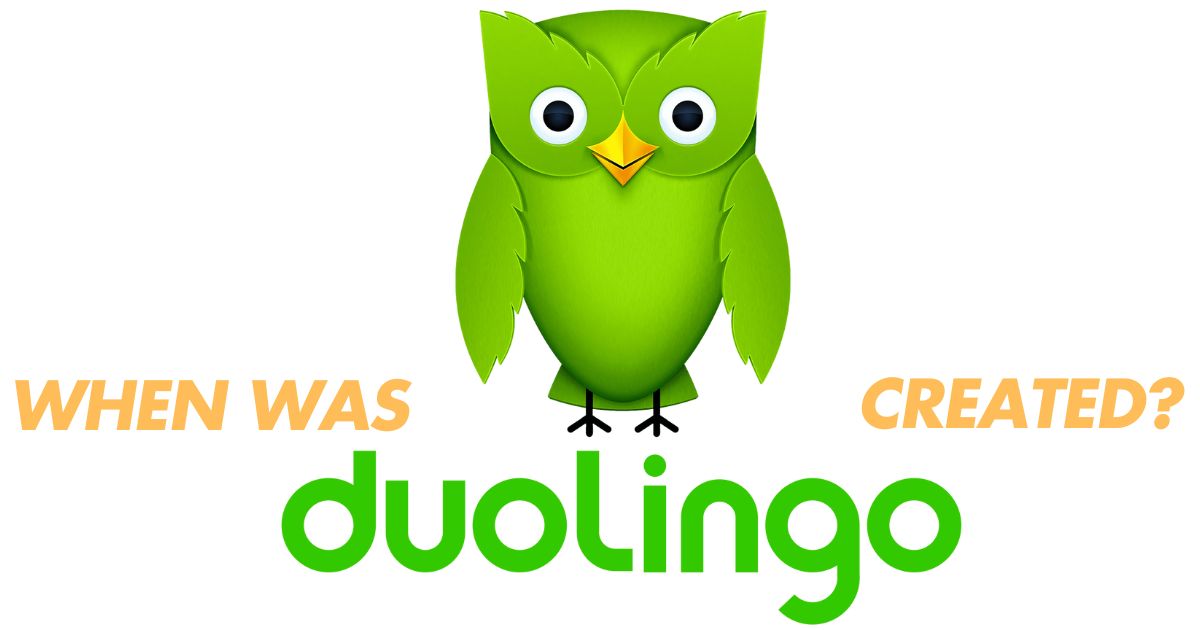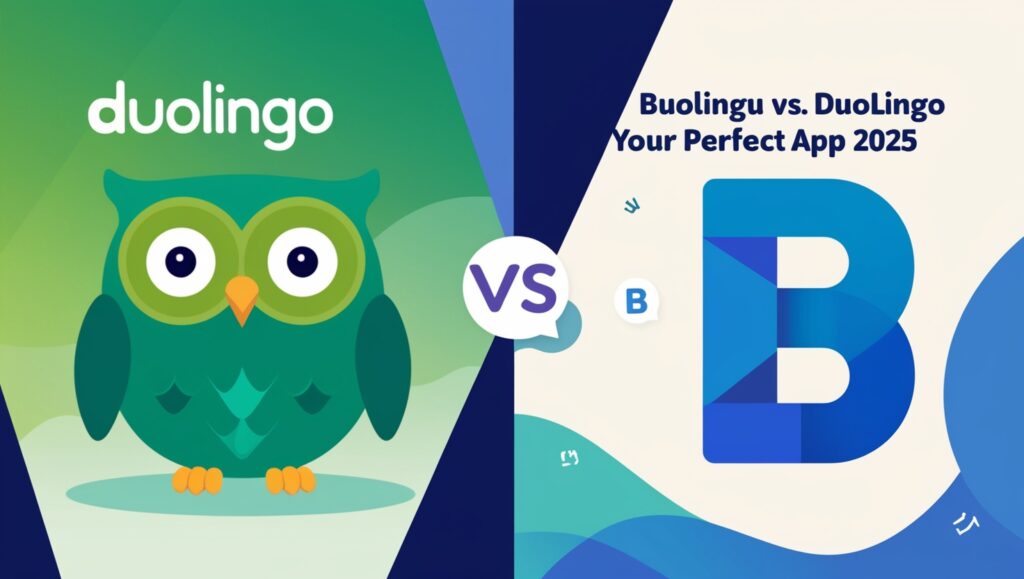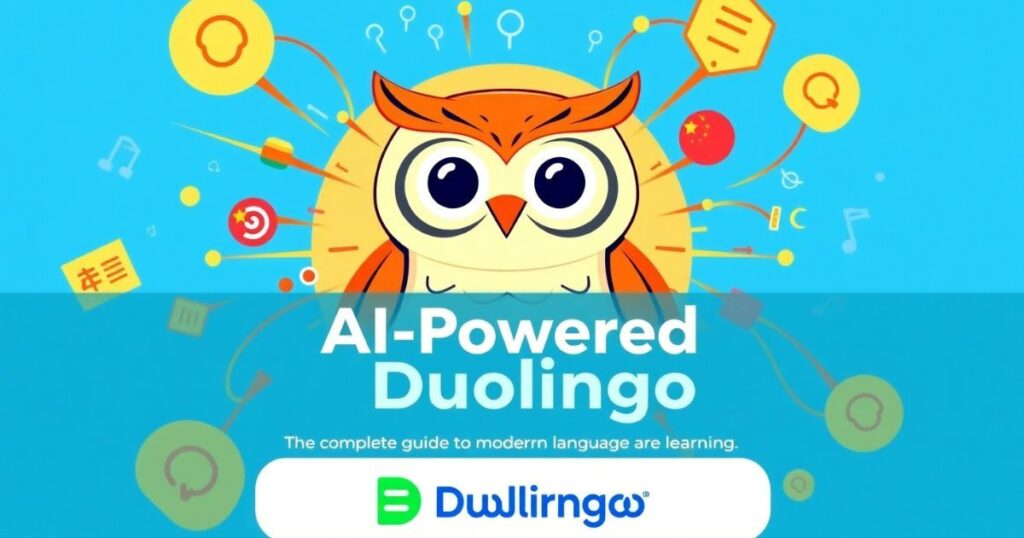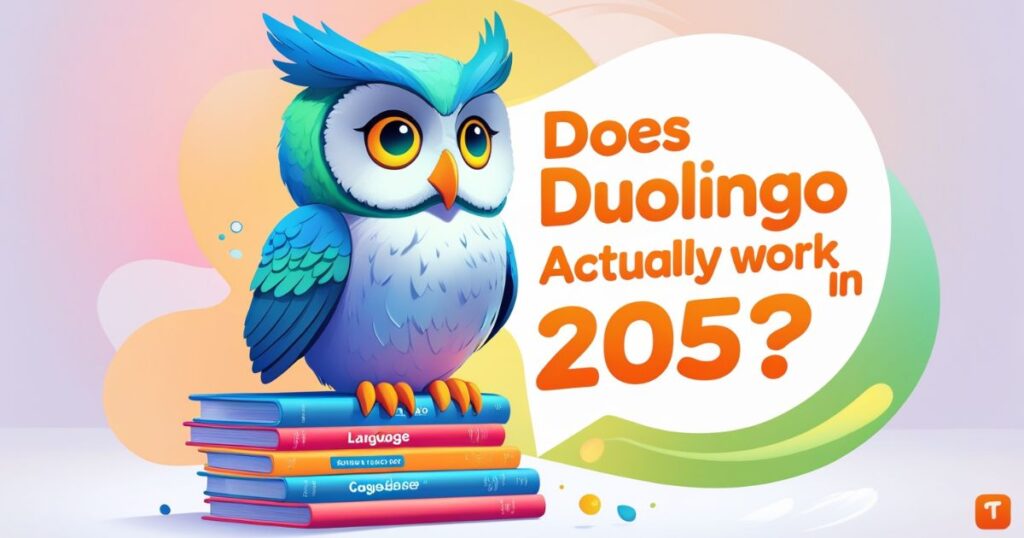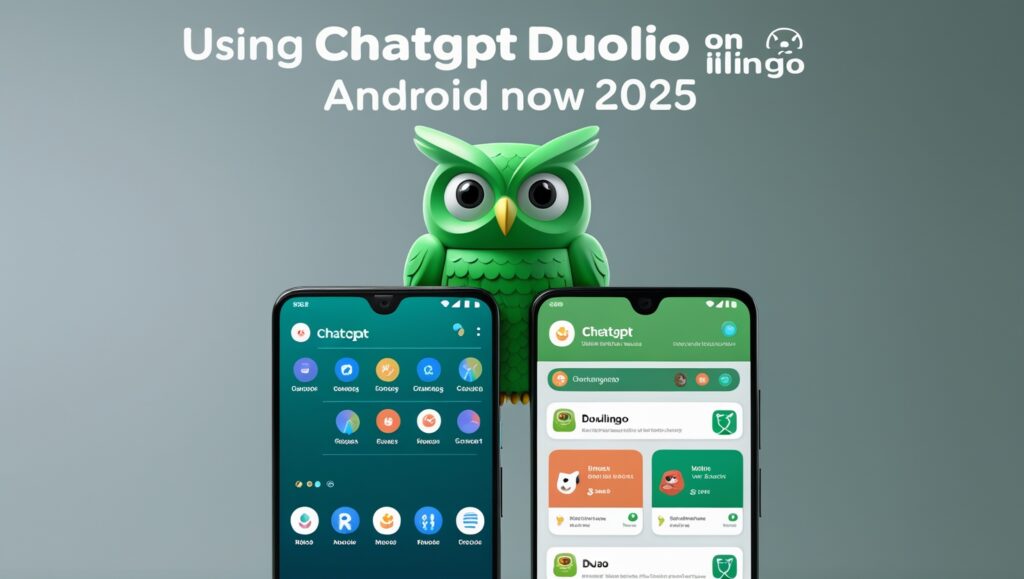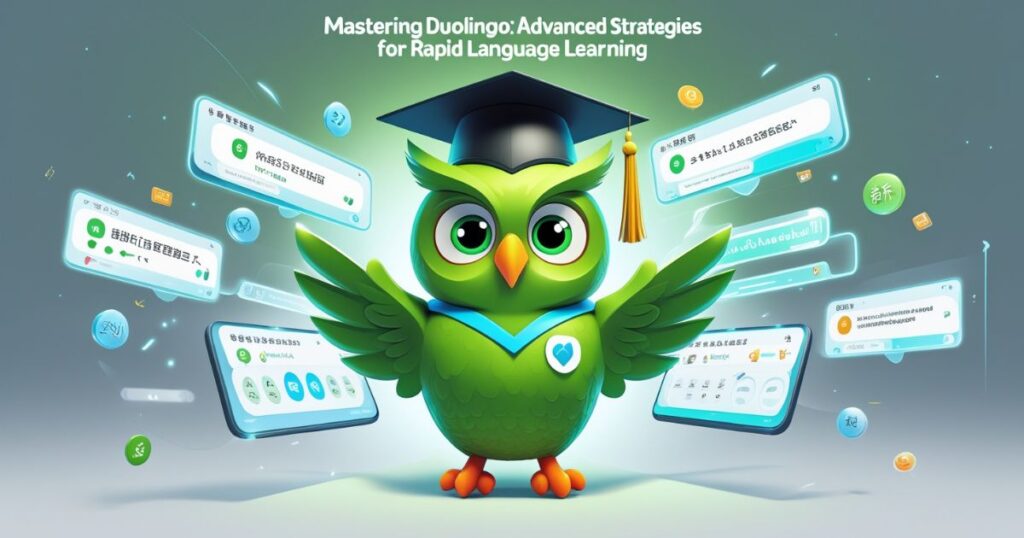The story of Duolingo begins with a powerful vision: making language learning accessible to everyone, regardless of their economic status. Today, with over 500 million registered users, this global language learning app has transformed how we approach language education.
The platform’s journey from a ambitious startup to a revolutionary force in educational innovation represents one of the most successful stories in modern educational technology.
Luis von Ahn’s Lightbulb Moment
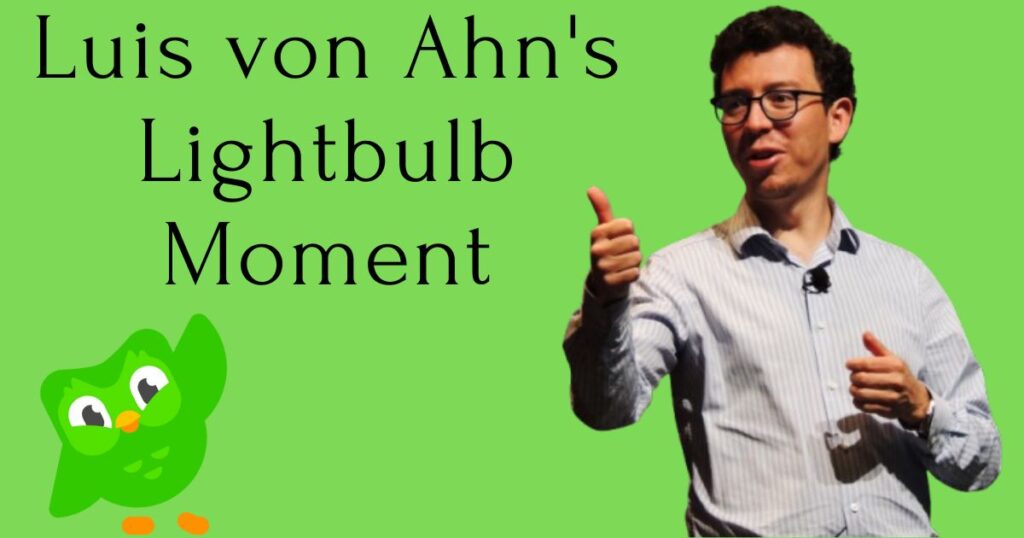
The seeds of Duolingo were planted in the mind of Luis von Ahn, a brilliant computer science professor at Carnegie Mellon University. Growing up in Guatemala, von Ahn witnessed firsthand how language barriers and expensive education could limit opportunities.
His experience with reCAPTCHA, which helped digitize millions of books through crowdsourcing, sparked an idea:
what if the same principle could be applied to language education?
Von Ahn’s background uniquely positioned him to understand the global need for accessible language education. In Guatemala, he observed how English proficiency could dramatically improve career prospects, yet quality language education remained out of reach for many.
This personal experience would later become the driving force behind Duolingo’s mission to provide free language education to the world.
In 2009, von Ahn met Severin Hacker, a Swiss graduate student at Carnegie Mellon. Their shared vision of democratizing education led to a groundbreaking concept: using crowdsourcing and translation service to teach languages while simultaneously translating the web.
This innovative approach would not only make language learning accessible but also contribute to making the internet more multilingual.
More Post: Does Duolingo Have Telugu? Complete Language Course Status Guide 2024
The Original Mission: Breaking Down Barriers
The founding principle of Duolingo was revolutionary: free and fun learning for everyone. At the time, traditional language courses could cost upwards of $1,000, creating significant barriers to access to education.
Von Ahn and Hacker secured initial funding of $3.3 million from Union Square Ventures, demonstrating the potential of their vision for affordable education.
Early Development Statistics:
| Metric | Value | Impact |
| Initial Team Size | 5 members | Lean, focused development |
| First Language Pair | English-Spanish | Strategic market entry |
| Beta Testers | 30,000 users | Valuable early feedback |
| Development Timeline | 2 years | Thorough testing phase |
| Initial Investment | $3.3 million | Crucial seed funding |
The initial development phase focused intensively on creating a sustainable learning model that would be both effective and engaging.
The team spent countless hours perfecting the balance between educational content and user engagement, laying the groundwork for what would become their signature approach to language learning.
From Beta to Breakthrough (2011-2012)
The private beta launch in November 2011 marked the beginning of a new era in language learning revolution. The platform’s initial focus on Spanish wasn’t random – it was a strategic choice based on market research and practical considerations.
Spanish offered the perfect testing ground due to its widespread use and structural similarities to English.
The development team worked closely with volunteer native speakers to ensure the quality and authenticity of the content. This collaboration would later become a cornerstone of Duolingo’s course development strategy, allowing them to expand into numerous languages while maintaining high standards of accuracy and cultural relevance.
By June 2012, the public launch exceeded all expectations. The platform’s success was built on its innovative approach to learning, which combined several key elements:
The immediate feedback system provided users with constant encouragement and guidance, while the adaptive learning technology ensured that lessons remained challenging but achievable.
Most importantly, the free access to quality content meant that anyone with an internet connection could start learning a new language.
Building the Foundation (2012-2015)
The introduction of gamified learning transformed what could have been mundane language practice into an engaging experience. The creation of Duo, the green owl mascot, became an iconic symbol of language mastery and persistence.
This period saw rapid expansion in both features and user base, with several key developments shaping the platform’s future.
The mobile revolution played a crucial role in Duolingo’s growth during this period. The iOS launch in 2012 brought in 1.5 million new users within months, while the Android release in 2013 expanded the platform’s reach even further.
These mobile applications made it possible for users to learn languages anywhere, anytime, fundamentally changing how people approached language learning.
Growth Milestones 2012-2015:
| Year | Achievement | User Impact |
| 2012 | iOS Launch | 1.5M new users |
| 2013 | Android Release | 10M+ downloads |
| 2014 | First Major Update | Enhanced engagement |
| 2015 | DET Launch | Educational recognition |
The period also saw the introduction of the hearts system, which added an element of accountability to the learning process. This feature encouraged users to maintain focus and accuracy in their lessons, while still keeping the experience enjoyable and stress-free.
Major Milestones and Growth
The evolution of Duolingo during its growth phase demonstrated the platform’s commitment to innovation and user experience. The introduction of partnership programs with language certification programs marked a significant shift in how the platform was perceived by educational institutions.
These partnerships legitimized Duolingo’s approach to language learning and opened new doors for students worldwide.
The development of virtual conversation practice addressed one of the biggest challenges in online language learning: real-world speaking practice.
Through AI-powered chat systems and peer-to-peer interaction, users could practice conversation skills in a safe, supportive environment. This feature particularly benefited learners in regions where native speakers were scarce.
The platform’s expansion into lesser-known languages demonstrated its commitment to preserving linguistic diversity. Courses in Irish, Welsh, and Hawaiian helped revitalize interest in these languages while providing valuable resources for heritage learners and linguistics enthusiasts.
Super Duolingo and Premium Features
The introduction of Super Duolingo (formerly Duolingo Plus) represented a careful balance between maintaining free access and generating sustainable revenue. The premium features enhanced the learning experience without compromising the platform’s core mission of free education.
Premium Feature Comparison:
| Feature | Free Version | Super Duolingo |
| Lessons | Limited daily | Unlimited |
| Mistakes | Heart system | Unlimited hearts |
| Ads | Present | Ad-free |
| Practice | Basic | Advanced |
| Progress tracking | Standard | Detailed analytics |
“Making money has never been our primary goal. The mission is to give everyone access to education.” – Luis von Ahn
Revolutionary Learning Technology
The platform’s success relies heavily on its sophisticated learning technology. The AI-powered system adapts to each user’s learning style and pace, creating a personalized experience that optimizes retention and progress.
This technology continuously evolves through machine learning, analyzing millions of data points to improve lesson effectiveness.
The spaced repetition system, a cornerstone of Duolingo’s methodology, schedules review sessions at scientifically optimized intervals. This approach maximizes long-term retention while minimizing study time, making it particularly effective for busy learners.
Cultural Impact and Community Building
Duolingo’s influence extends beyond language learning into popular culture. The platform’s mascot, Duo, has become an internet phenomenon, spawning countless memes and social media trends. This cultural relevance has helped maintain user engagement while attracting new learners to the platform.
Community engagement metrics:
| Activity | Monthly Average |
| Active Users | 40+ million |
| Lessons Completed | 1 billion |
| Social Shares | 500,000 |
| Forum Posts | 100,000 |
Innovation in Language Assessment
The Duolingo English Test (DET) revolutionized language proficiency testing by offering a affordable, accessible alternative to traditional examinations.
The test’s acceptance by over 3,000 institutions worldwide validates its effectiveness while providing opportunities for students who might otherwise face barriers to international education.
DET Success Metrics:
- Average completion time: 45 minutes
- Cost: $49 (compared to $200+ for traditional tests)
- Results delivery: Within 48 hours
- Institutional acceptance: Growing annually by 50%
Future Directions and Innovations
Looking ahead, Duolingo continues to push boundaries in educational innovation. Current development focuses include:
Enhanced AI Integration:
- Natural language processing improvements
- Advanced speech recognition
- Personalized learning algorithms
- Predictive learning paths
The platform is also exploring partnerships with professional networking platforms to bridge the gap between language learning and career opportunities. This initiative aims to help learners leverage their language skills in professional contexts.
Impact on Global Education
The platform’s influence on global education extends beyond language learning. It has demonstrated how technology can democratize education and break down traditional barriers to learning.
The success of Duolingo’s model has inspired numerous other educational initiatives and startups.
Educational Impact Statistics:
| Metric | Achievement |
| Countries Reached | 194+ |
| Languages Offered | 40+ |
| Daily Active Users | 13+ million |
| Classroom Users | 2+ million |
Frequently Asked Questions About Duolingo
Q: When did Duolingo first come out?
Duolingo launched in private beta in November 2011 and opened to the public in June 2012. The iOS app followed in late 2012, with Android release in 2013.
Q: How old is Duolingo?
As of 2024, Duolingo is 12 years old, counting from its initial beta release in 2011. The company has grown from a startup to a global education platform.
Q: Who is the CEO of Duolingo?
Luis von Ahn serves as Duolingo’s CEO. He co-founded the company with Severin Hacker in 2011 after developing reCAPTCHA and teaching at Carnegie Mellon University.
Q: When was the Duolingo test created?
The Duolingo English Test (DET) launched in 2014 as a lower-cost alternative to traditional language proficiency tests. It’s now accepted by over 3,000 institutions worldwide.
Conclusion
From its inception as an ambitious startup to its current status as a global education leader, Duolingo has maintained its core mission of making quality education accessible to all. Through innovative technology, engaging content, and a commitment to free and fun learning, it continues to break down language barriers and create opportunities for learners worldwide.
The platform’s success demonstrates that educational technology can be both effective and accessible, setting a new standard for digital learning platforms. As Duolingo continues to evolve and expand, it remains true to its founding principle: that quality education should be available to everyone, regardless of their economic circumstances.
The story of Duolingo’s creation and growth serves as an inspiration for future educational innovation and reminds us that transformative ideas, when executed with dedication and vision, can change the world. Through its combination of technology, accessibility, and engaging content, Duolingo has not just created a successful business model – it has revolutionized how we think about language learning and education in the digital age.
Visit For More Blog’s:

Welcome to DuolingoAbout.com! Your go-to hub for expert tips, tricks, and guides to mastering Duolingo. Simplify your language-learning journey with curated content designed for learners at all levels.
